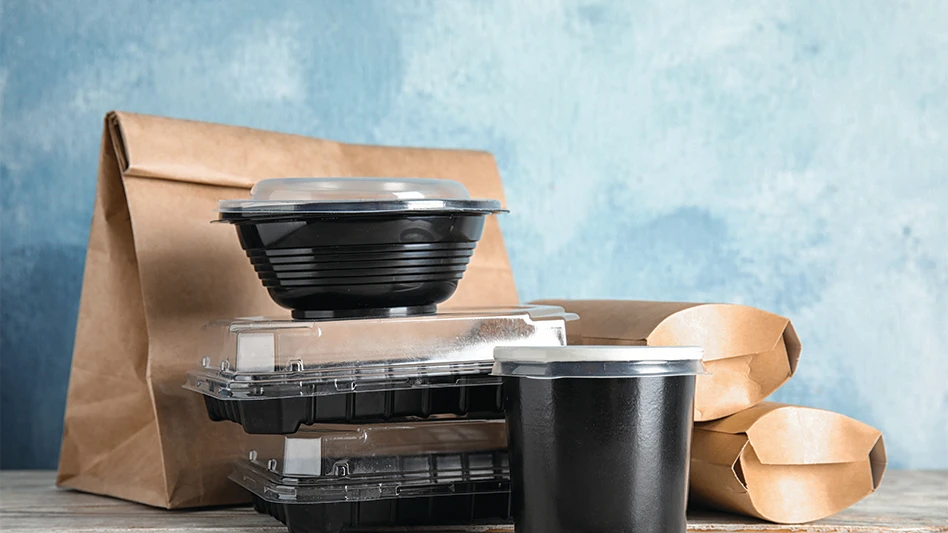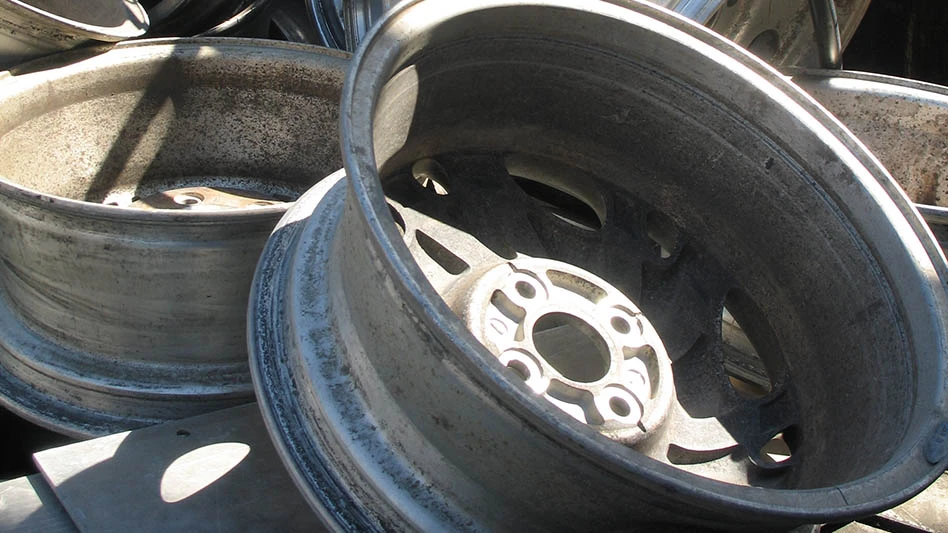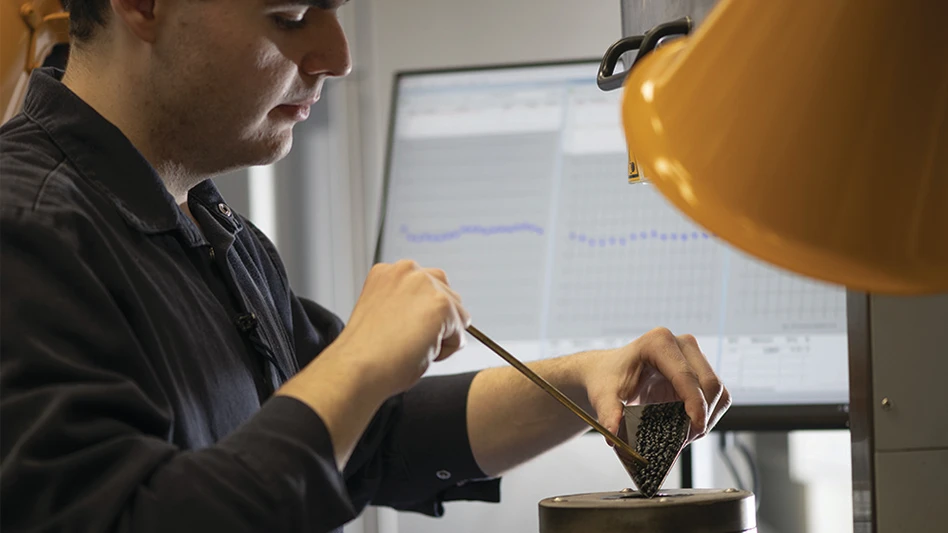
New Africa | stock.adobe.com
A survey of senior industry professionals conducted by U.K.-based packaging sustainability consultancy Aura claims only 25 percent of packaging and retail leaders think their strategy for sustainable packaging is “robust and achievable.”
Aura's poll was conducted over a series of webinars with more than 50 senior attendees across the global industry, including some of the world’s largest retail and consumer packaged goods (CPG) brands.
The survey found that only 14 percent of respondents believe their business is on track for 100 percent accuracy in the data they need to manage their packaging sustainability and ensure compliance with regulations like extended producer responsibility (EPR). Additionally, Aura reports that more than 25 percent of respondents admitted they still are collecting data manually, rather than using a dedicated platform or an existing product lifecycle management platform.
Currently, 50 percent of those surveyed say they were in the data gathering part of the process, with the rest either still trying to understand global legislation or still establishing a packaging strategy.
“It is not surprising so few brands consider their sustainable packaging strategy to be achievable—many are still far behind the curve when it comes to collecting the data they need,” Aura Managing Director Greg Lawson says. “Legislation like EPR demands 100 percent data accuracy across all components, or brands and retailers will likely face higher fees. Another major source of concern is that so many are leaving it to be done manually, which is simply an impossible task. Businesses need reliable, agile processes in place to collect and manage that data and design their sustainable packaging right the first time.”
Respondents also were asked to describe their current level of knowledge when it comes to packaging sustainability regulations. Aura reports that 11 percent were confident they knew what had to be done both now and in the future, while the remaining 89 percent said they knew only part of the picture.
“The implementation of EPR in so many regions and territories, each with different rules and with more approaching, highlights the importance of understanding this landscape,” Lawson says. “It is extremely difficult and complex for organizations that sell their products in multiple territories to navigate.
“The first step must be developing accurate and robust data on every packaging component a business deploys. If you don’t know exactly where you’re starting from, you cannot possibly know what level of charges and fees you might be liable for, let along the incentives and subsidies to improve.”
Latest from Recycling Today
- New recycling grant program launches in Massachusetts
- Tire Recycling Foundation names executive director
- Dock 7 named 2025 Exporter of the Year at New Jersey International Trade Awards
- Waste Connections reports ‘better than expected’ Q1 results
- Commentary: How EPR is transforming the packaging industry
- Acerinox names new North American Stainless CEO
- Greenwave closes 2024 books with red ink
- Steel Dynamics nets $217M on record shipments





